Sunlight is one of the most significant and basic requirements for a plant. You can’t have a properly thriving plant without offering it adequate sunlight.
But, what we often misconstrued is how much and what type of sunlight our plants need to grow perfectly. You can be an expert gardener once you understand this section of planting properly.
Here is an easy guideline of sunlight for plants in this regard, let’s go through it and make your indoor plantation more successful than ever-
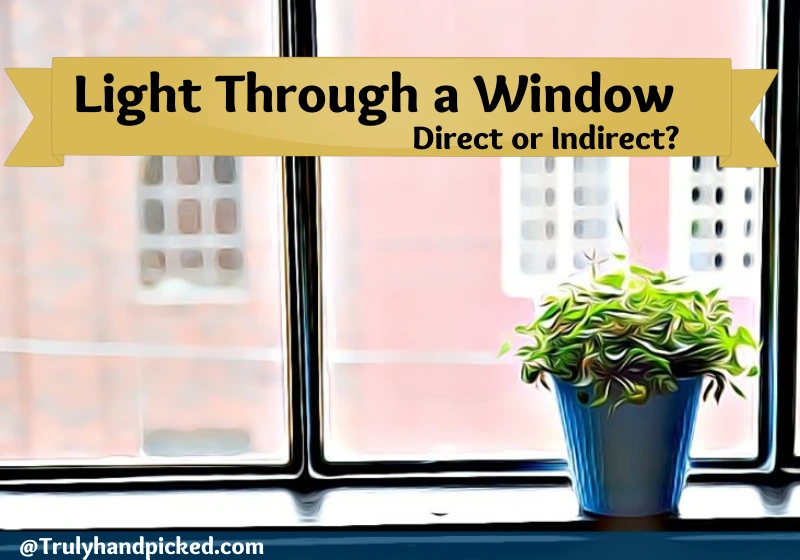
Is Light Through a Window a Direct Sunlight?
No! light through the window can’t be considered direct sunlight. If you put your indoor plant near the window to get sunlight, it will get light through the windowsill, window glass, sunset, etc. Bright light doesn’t mean it is direct sunlight.
So, it gets at least 50% less intense light than direct sunlight, and thus, it won’t mean the exact intensity as outdoor sun exposure.
Light through a window is considered direct sunlight only if it is directly facing the sun. Be it in the morning or afternoon if the sun directly hits its rays on your plant leaves and you could feel the warmth, then it is direct.
In most cases, only scattered or less intense indirect light reaches your plant leaves. Let’s, check for the window facing/direction to conclude whether its direct or not
Related: Best indoor plants that tolerate direct sunlight
FAQ: Sunlight and Artificial Lighting Needs for Indoor Plants
1. Do Plants Need Sunlight or Just Light?
The essential photosynthesis process of plants needs sunlight to be completed. So, no matter whether it is direct or indirect sunlight, you must provide your indoor plants with some sunlight every day.
Mentionable in this regard that artificial light can fulfill those requirements instead of the sun.
Related: Best low light tolerant indoor plants
2. What Happens If Your Plants Don’t Have Enough Sunlight?
If your plants can’t get enough sunlight, they won’t get adequate nutrients to thrive. This will make your plant stop blooming, stop producing crops, and stop growing leaves.
Also, your plant will turn leggy with leaves far apart from each other. Even after some time, it will start dropping leaves and may die with dry stems.
3. Can a Light Bulb Replace Sunlight?
Depending on the research reports, a light bulb may replace the requirements of sunlight but, you must know the proper procedure to use them. LED bulbs, which are specially designed for planting purposes, are the best choice in this attempt. However, original sunlight is always the best to fulfill the true requirements for a healthy growing plant.
4. Do Plants Get Enough Sunlight on Cloudy Days?
No! the gloomy sun won’t provide adequate sunlight for plants on a cloudy day. Thus, the photosynthesis process will get slower than on normal days and they will have less energy on those days.
5. Do Plants Need Darkness?
During the night, plants initiate a course, when they regenerate a key agent named photochrome. This compound is crucial for the proper growth of your plant and thus, we can admit that plant needs at least some darkness along with sunlight to keep themselves vigorous.
Related: Best low-light succulents
6. Do Plants Grow on Rainy Days?
Sunlight is the most essential part of the growth of a plant. So, it may resemble that your plant can’t grow on a rainy day, right?
But the reality is that you can instigate the growth of your plants perfectly even on a rainy day if you can arrange an artificial light source for them.
Best Window Facing/Direction for plants
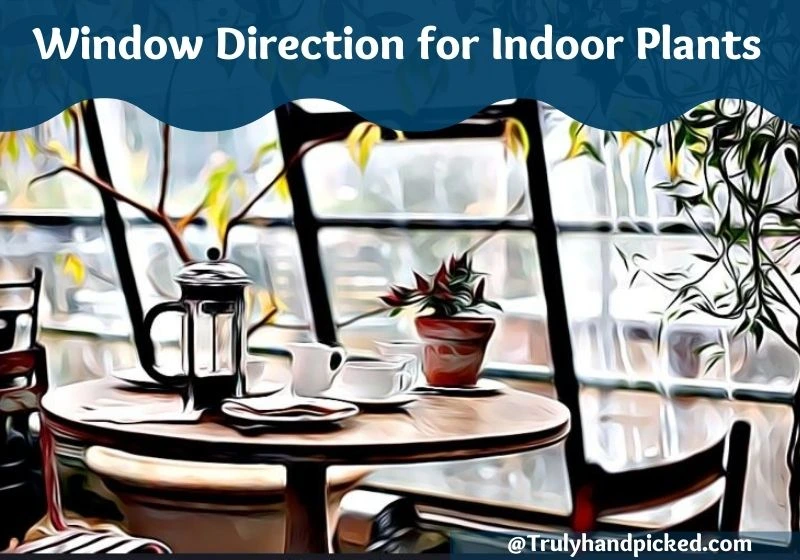
1. North Facing: Best for Shade-loving indoor plants
If your plant needs indirect and low sunlight to thrive then, the north-facing window is the best place to put it there. A north-facing window will never get high-intensity of sun heat like direct sunlight. It provides almost 5 feet away of semi-shade sunlight to your plants. Gentle house plants like Ivies, ferns, aspidistra elatior, African violets, etc. are the best indoor plants to keep in a north-facing window.
2. South Facing: Best for sunlight-craving plants (Full sun exposure)
A south-facing window is the best place for your indoor plants if they need most of the sun’s heat/light from indoors. This kind of window provides the best heat within 2-3 feet of the window. This type of window can provide maximum benefits for the Sun’s budding energy. Sun-loving plants like aloe vera, Rattail cactus, coral cactus, the crown of thorns, etc. are the best indoor plants to place in a south-facing window.
3. East Facing: Low-intensity direct light (dawn) and indirect midday light for plants
Sunrises from the east and thus your plant can get a really powerful dose of sunlight if you put them on an east-facing window. As the east provides sunlight during the morning time, your plant can clutch bright yet subtle types of sun rays here. House plants like areca palm, hoya plant, umbrella tree, Japanese fatsia, etc. are the best indoor plants to keep in an east-facing window.
4. West-Facing: Indirect till noon and direct and high intensity in the afternoon
If you grow plants with high-light requirements then, the west-facing window is the best place to put them in your house. This type of window provides sunlight during the dawn time and relatively high-intensity light than the south for your plants. Plants like holiday cactus, coleus, geranium, air plants, English ivy, etc. are the best indoor plants to put in a west-facing window.
Related: How to care for plants in harsh summer
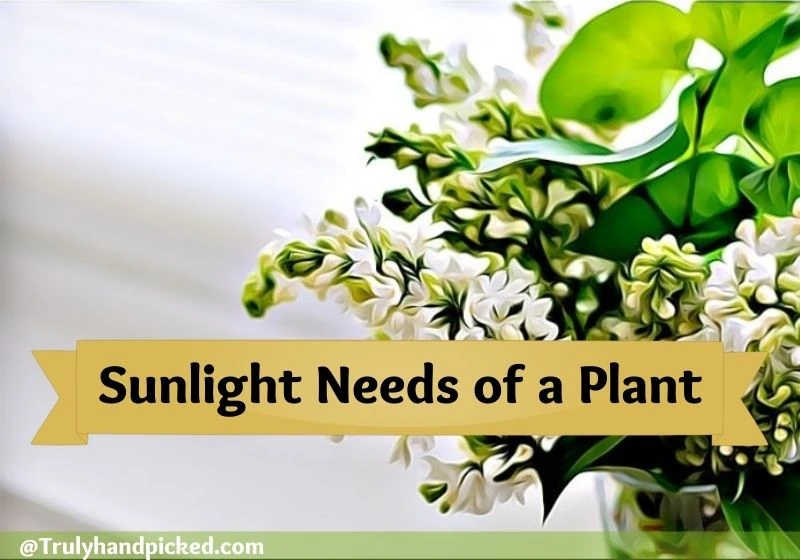
How to Filter Light for Plants:
Despite placing plants indoors, some plants with low-light requirements are sensitive to sunlight. You need to provide them with filtered sunlight. Also, if direct sunlight hits your plants you can use the following methods to filter and reduce the intensity by any time of the day or for a season. Here are some quick tricks on how to filter them easily-
- Put your plant a few inches away from the level where raw sunlight hit your window
- Hang translucent curtains on your window and place your planter under the shade of that curtain which can help filter the rays
- Use UV film on windows
- Provide shields to your plants around the window area
- And put anything in-between your plant and the direct sunlight that can dapple sun heat a little
This way, you can obstruct the path amid the sun and your low-sun requiring plant to grab medium as well the subtle sunlight.
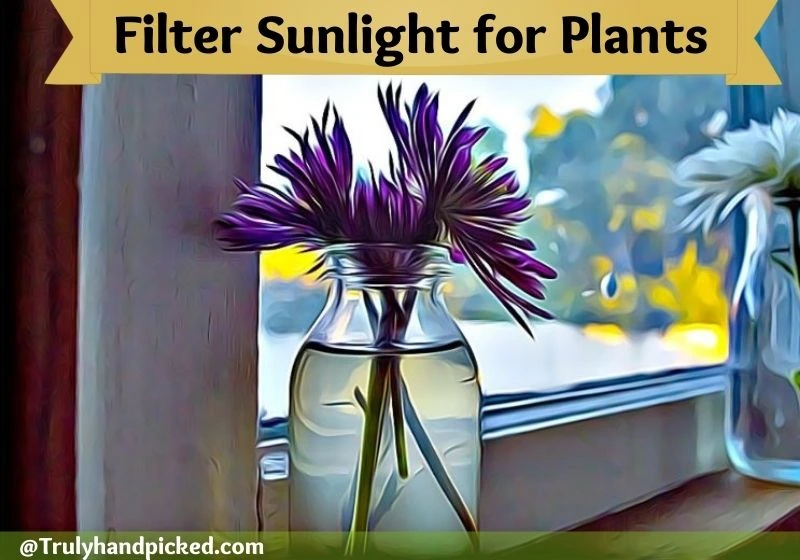
Importance of Light Intensity for Your House Plants:
The exact intensity of the sunlight/artificial light can influence some significant subjects of planting like-
- The growth of your plants
- Stem length and width
- Production of plant food
- Perfect color of leaf and flower
- Production power of your plant
- Size of flowers and fruits
Light Intensity Levels:
The ideal light intensity levels for your indoor plants are like this-
- 2000x-4000x lux light intensity is for indoor plants which need bright sunlight
- Approximately 1000x-2000x lux are for indoor houseplants with want medium-high intensity sunlight
- 500x-1000x lux is like medium light intensity and can get from the north or west-facing windows
- Around 200-500 lux is like low-light intensity and the middle area or corners of your house are suitable for dark or shade-loving plants
How Many Hours of Light Do Plants Need?
Different indoor plants need different amounts of sunlight to grow properly. Outdoor plants need more sun exposure, while indoor plants require less sunlight.
As various types of indoor plants need diverse sorts of sunlight exposure, let’s go through the differences more clearly to know what your plant needs-
Full Sun Exposure Plants:
Full sunlight means your plants need and can stand direct sun exposure. It indicates you need to provide at least 6 hours of direct sunlight to your plant per day. The time of sun exposure should be in-between morning to noon.
Plants With Part Sun Exposure Needs:
Part sun exposure suggests that you need to provide 3-6 hours of sunlight to your plants. This also indicates that your plant can stand direct to indirect sun exposure, depending on the light intensity of the season or region.
Part Shade Sunlight Plants:
Part shade type of sunlight says your plant needs only 3-6 hours of sunlight and that is indirect. Make sure your plants get sunlight only during the dawn time, as, the sun heat stays less intense during this time.
Complete Shade Sunlight Plants:
Plants, require complete shade and stand only for 2 hours of sunlight. Try to give your plants in direct sunlight for 2-3 hours every day. Also, it’s better through some shades like a canopy, sunset, tree, bushy foliage, etc.
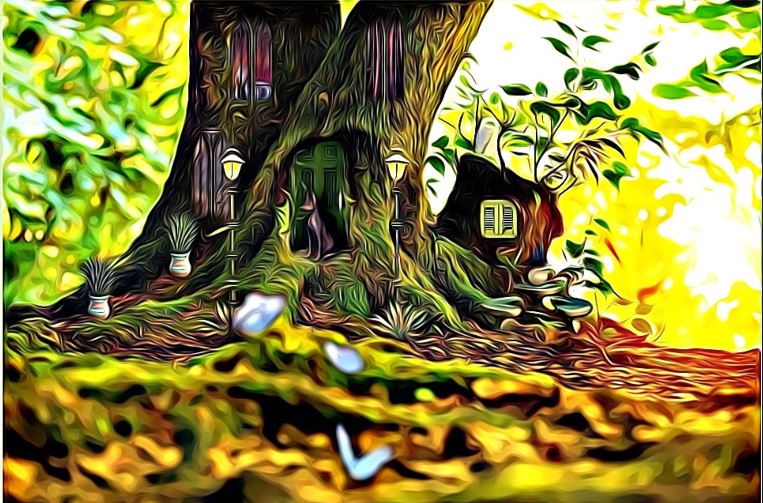
Importance of Sunlight for Indoor Plants:
- Sunlight is the main energy source for plants. Just like water, soil, and space, light is essential for plants to grow larger and bright leaves, bloom, and produce seeds
- Lack of sunlight also causes your plant leaves to fade and loses leaves and turns leggy
- Sunlight is also essential for the process of photosynthesis of plants, in which plants process water and carbon dioxide to produce carbohydrates and oxygen.
- Phototropism, in which leaves they change their position through the entire growing session reliant on the comparative orientation to the sun
- Sometimes, overexposure to the sun can be damaging to the critical protein of plants, but they can turn the extra-absorbed sunlight into heat and expel it.
- Plants absorb sunlight to convert them into energy in form of sugar and use them to nutrify their cells